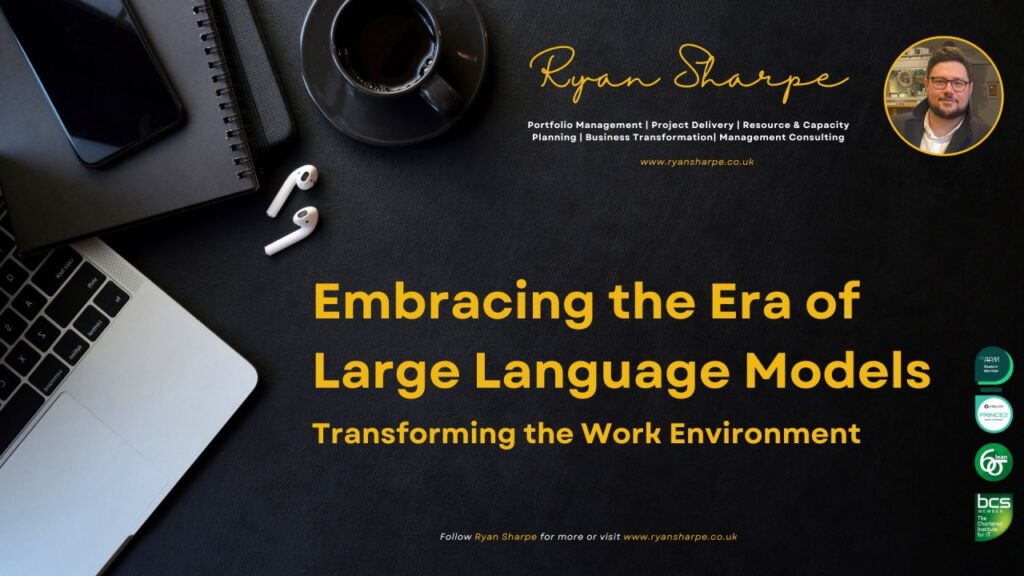
In today’s dynamic work environment, one of the most influential forces shaping the landscape is the emergence of Large Language Models (LLMs). These sophisticated AI systems have significantly impacted how employees operate, collaborate, and innovate within organisations.
Gone are the days when AI was confined to science fiction. LLMs represent a tangible reality, seamlessly integrating into various aspects of business operations. Their advanced natural language processing capabilities make them versatile tools for streamlining tasks and enhancing productivity across industries.
One of the primary ways LLMs are reshaping the workplace is through improved communication and collaboration. Traditional barriers, such as geographical distance and language disparities, are no longer insurmountable hurdles. LLMs facilitate seamless interactions, enabling teams to communicate effectively and work together irrespective of their physical location or linguistic differences.
Moreover, LLMs serve as invaluable assistants, automating routine tasks and allowing employees to focus on higher-value activities. By handling mundane inquiries, scheduling meetings, and providing personalised recommendations, LLMs free up valuable time and cognitive resources, empowering employees to engage in more strategic endeavors. This not only boosts efficiency but also enhances job satisfaction by enabling individuals to concentrate on tasks that require human creativity and problem-solving skills.
Additionally, LLMs play a crucial role in knowledge management and decision-making processes within organisations. By analyzing vast amounts of data and generating actionable insights, these AI systems empower employees to make informed decisions swiftly. Whether it’s identifying market trends, predicting customer behavior, or optimising business processes, LLMs provide valuable intelligence that enables organisations to stay competitive in today’s fast-paced business landscape.
However, the integration of LLMs into the workplace also presents challenges. Concerns about job displacement and ethical considerations surrounding AI usage are significant issues that require careful attention. It’s essential for organisations to address these concerns proactively, ensuring that AI technologies are deployed ethically and transparently, with a focus on augmenting human capabilities rather than replacing them.
In conclusion, the rise of LLMs is fundamentally transforming the way we work. By embracing these advancements and harnessing their capabilities, employees can unlock new levels of productivity, collaboration, and innovation. It’s crucial for organisations to navigate this evolving landscape thoughtfully, prioritising ethical AI practices and fostering a culture of continuous learning and adaptation. The era of LLMs offers boundless opportunities for organisations and individuals alike to thrive in the digital age, where human ingenuity and AI intelligence converge to drive progress.
Check Out these “5 Top Tips” for using ChatGPT or similar LLMs…
- Clearly Define Tasks: Clearly state the tasks or questions you want the LLM to assist with to ensure accurate and relevant responses.
- Provide Context: Offer context or background information to help the LLM understand the context of your query and provide more tailored responses.
- Review and Edit Responses: Always review and edit LLM responses to ensure accuracy and coherence before using or sharing them.
- Use in Moderation: Avoid over reliance on LLMs and balance its usage with human input and judgment to maintain quality and relevance.
- Stay Ethical: Ensure ethical usage of LLMs by refraining from generating inappropriate or harmful content and respecting privacy and data security principles.
